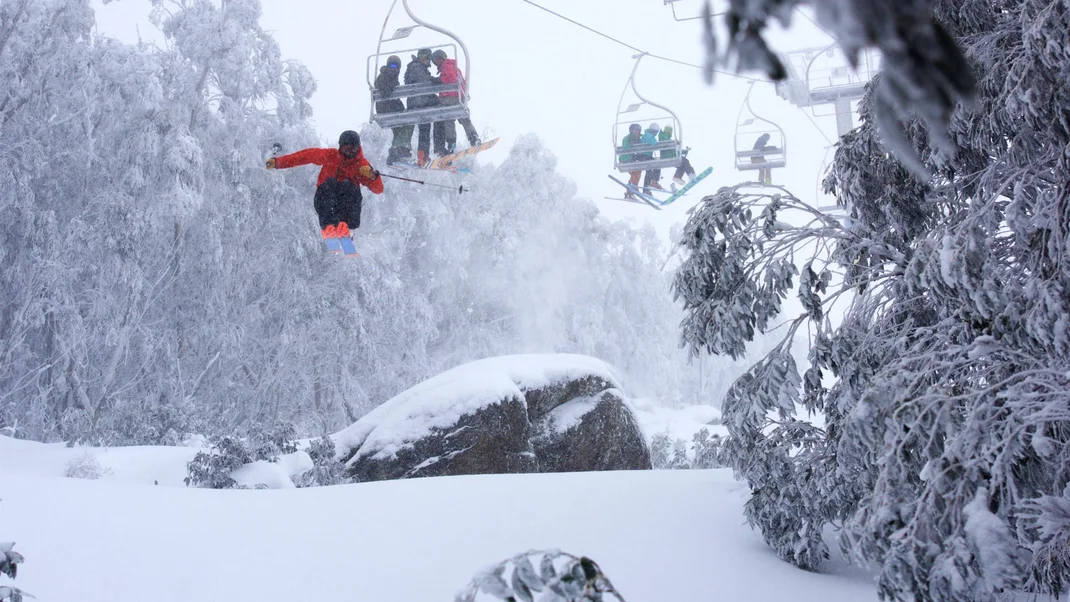As the Northern Hemisphere gradually transitions from summer to winter, early weather predictions suggest a promising ski season for 2024-2025. Meteorologists are forecasting a La Niña weather pattern, which could lead to significant snowfall in several ski regions.
According to the National Oceanic and Atmospheric Administration (NOAA), La Niña is characterized as a “cold event.” This phenomenon involves stronger-than-usual trade winds over the Pacific Ocean, in contrast to the milder El Niño conditions experienced last winter. These intensified trade winds typically result in warmer, drier winters for the southern regions and cooler, wetter conditions in the northern areas, with substantial rainfall and flooding expected in the Pacific Northwest and Canadian Pacific.
Impact on Ski Resorts
Reflecting on the remarkable winter of 2022-2023, which saw record-breaking snowfall extending ski seasons into July, we find that this was during the final phase of a “triple-dipper” La Niña, a sequence that spanned three consecutive seasons from 2020 to 2023. Although the upcoming La Niña will not continue this triple-dipper trend, it is expected to usher in cold, moist weather, particularly benefitting northern ski areas.
Skiers can anticipate snowy conditions in western regions such as Montana, Wyoming, Idaho, Utah, and northern Colorado. In the East, Maine, northern Vermont, and northern New Hampshire are also expected to experience abundant snowfall. Conversely, ski areas in the southern U.S., including New Mexico, Arizona, and central to southern California, are predicted to face warmer, drier winter weather.
While NOAA’s official preseason report is slated for release in August, OpenSnow Chief Operating Officer and Meteorologist Sam Collentine offered an early insight to SKI magazine. “The effects of La Niña increase the likelihood of average to above-average snowfall in much of the western U.S. during significant weather events,” Collentine stated. However, he cautioned that weather patterns are inherently unpredictable.
Several variables, including climate change, global warming, pattern inconsistencies, and the inherent complexity of weather forecasting, make precise predictions challenging. Most meteorologists failed to foresee the extraordinary snowfall of the 2022-2023 season, with many significantly underestimating it.
“OpenSnow predicted the potential for above-average snowfall, but nearly every other outlet forecasted below-average conditions across the West,” Collentine explained. “Numerous short-term weather patterns throughout the winter, which can’t be forecasted more than one to two weeks in advance, ultimately determine the success of a season.”
As the season approaches, skiers and snowboarders eagerly await the final reports, hopeful for another epic winter of abundant snowfall and extended ski days.
- Best Time To Ski: Teach You When To Go Skiing
- The Ultimate Joyride: Why Skiing Is An Unparalleled Adventure
- Mastering The Slopes: A Comprehensive Guide To Skiing

